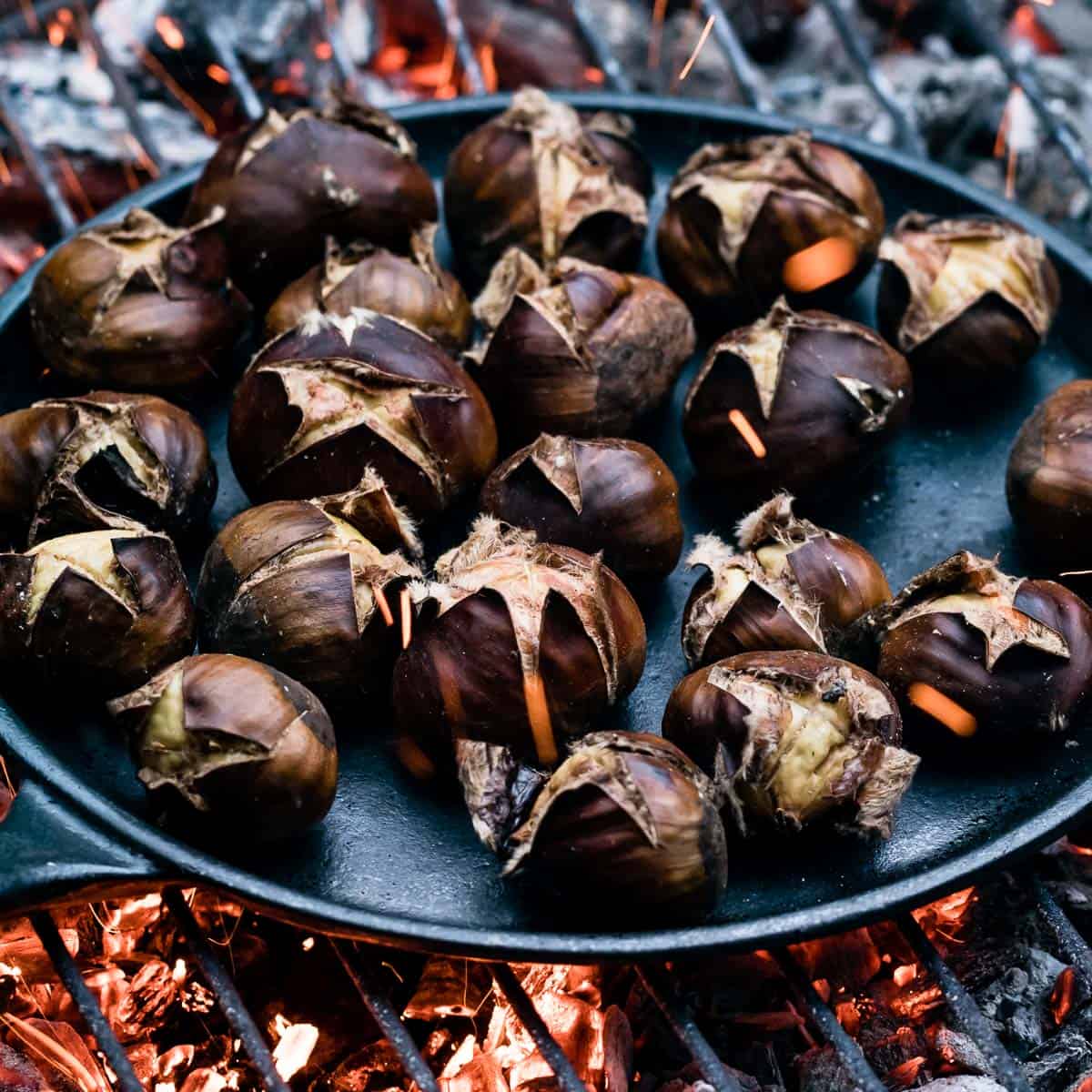

Articles
How To Store Roasted Chestnuts
Modified: February 22, 2024
Discover the best way to store roasted chestnuts with our helpful articles. Keep your chestnuts fresh and delicious for longer with our expert tips.
(Many of the links in this article redirect to a specific reviewed product. Your purchase of these products through affiliate links helps to generate commission for Storables.com, at no extra cost. Learn more)
Introduction
Roasted chestnuts are a delicious and nutritious treat that can be enjoyed during the fall and winter seasons. Whether you’ve roasted the chestnuts yourself or bought them from a local market, you might find yourself with a surplus of roasted chestnuts. In order to preserve their flavor and freshness, it’s important to store them properly.
In this article, we will guide you through the steps of storing roasted chestnuts to maintain their quality and ensure that you can enjoy them at a later time. From selecting the best chestnuts to choosing the right storage method, we’ve got you covered.
So, if you’re wondering how to store roasted chestnuts, grab a handful and let’s get started!
Key Takeaways:
- Store roasted chestnuts in airtight containers at room temperature for short-term freshness, or refrigerate them for up to a week. Freeze for long-term storage, then reheat and savor their delicious flavor using various methods.
- Select high-quality chestnuts, prepare suitable storage containers, and follow proper storage methods to maintain optimal freshness and flavor. Enjoy roasted chestnuts as a delightful treat or incorporate them into your favorite recipes for a cozy winter indulgence.
Read more: How To Store Chestnuts Before Roasting
Step 1: Choosing and Selecting Roasted Chestnuts
When it comes to storing roasted chestnuts, the first step is to choose and select the best ones. Here are some tips to help you make the right choice:
- Look for chestnuts that have a firm and shiny outer shell. Avoid ones that are discolored or have soft spots, as this may indicate spoilage.
- Size matters! Bigger chestnuts tend to have a higher water content and can spoil more quickly. Opt for medium-sized chestnuts for better storage.
- Give the chestnuts a gentle squeeze. They should feel firm and not give in easily. If they feel too soft or squishy, they may be past their prime.
- Check for any visible holes or cracks on the shell. These can be an entry point for pests or bacteria, so it’s best to avoid damaged chestnuts.
It’s important to note that freshly roasted chestnuts will store better than those that have been sitting for a while. If possible, try to roast your own chestnuts or buy them from a reputable source that roasts them on-site.
Now that you have selected the perfect roasted chestnuts, it’s time to move on to the next step: preparing the storage container.
Step 2: Preparing the Storage Container
Before storing your roasted chestnuts, it’s important to prepare a suitable storage container. Follow these steps to ensure your chestnuts stay fresh:
- Choose an airtight container: Roasted chestnuts are highly susceptible to moisture, which can lead to mold and spoilage. Therefore, it’s crucial to store them in an airtight container that prevents any moisture from getting in.
- Use a food-grade container: Ensure that the container you choose is made of food-grade material to maintain the quality and safety of the chestnuts. Avoid using containers that may contain harmful chemicals or impart unwanted flavors.
- Consider portioning: If you anticipate consuming the roasted chestnuts in smaller portions, it’s a good idea to divide them into smaller airtight bags or containers. This way, you can thaw or reheat only what you need without exposing the entire batch to air and moisture.
- Label the container: To avoid any confusion, label the container with the date of storage. This will help you keep track of the freshness and ensure you consume them within a reasonable time frame.
Now that your storage container is ready, let’s move on to the next step: storing roasted chestnuts at room temperature.
Step 3: Storing Roasted Chestnuts at Room Temperature
Storing roasted chestnuts at room temperature is a common method that can keep them fresh for a few days. Here’s how to do it:
- Ensure the chestnuts are completely cooled: Before storing, make sure that the roasted chestnuts are at room temperature. If they are still warm, allow them to cool completely to prevent condensation inside the storage container.
- Place them in a breathable container: Line a breathable container, such as a mesh bag or a paper bag, with parchment paper or a kitchen towel. This will help absorb any excess moisture and allow air circulation, preventing the chestnuts from becoming damp and moldy.
- Store in a cool and dry place: Find a cool and dry area in your kitchen or pantry to store the chestnuts. Keep them away from direct sunlight, heat sources, and moisture-prone areas like the sink or dishwasher.
- Check for freshness regularly: Periodically check the stored chestnuts for any signs of spoilage, such as mold, unusual odors, or a slimy texture. If you notice any of these signs, discard the chestnuts immediately.
Remember that storing chestnuts at room temperature is suitable for short-term storage only. It’s best to consume them within a few days to enjoy their optimal flavor and texture.
If you’re looking to store roasted chestnuts for a longer period, let’s move on to the next step: storing them in the refrigerator.
Store roasted chestnuts in an airtight container or resealable bag at room temperature for up to 3 days. For longer storage, keep them in the refrigerator for up to 1 week or in the freezer for up to 3 months.
Step 4: Storing Roasted Chestnuts in the Refrigerator
If you plan to store roasted chestnuts for a longer period, refrigeration is a great option. Follow these steps to store them in the refrigerator:
- Ensure the chestnuts are completely cooled: Just like with room temperature storage, make sure the roasted chestnuts are completely cooled before placing them in the refrigerator.
- Wrap them in a damp paper towel: To maintain the chestnuts’ moisture and prevent them from drying out, wrap them in a damp paper towel. This will help them stay fresh and retain their texture.
- Place them in an airtight container or resealable bag: Put the wrapped roasted chestnuts in an airtight container or sealable bag to prevent any odors from permeating and affecting the flavor. Make sure to remove as much air as possible from the container or bag before sealing.
- Store in the refrigerator: Place the container or bag in the refrigerator, preferably in the crisper drawer or the coldest part of the fridge. The temperature should be set between 32°F (0°C) and 40°F (4°C) to keep the chestnuts fresh.
- Check for freshness regularly: Check the chestnuts periodically for any signs of spoilage, such as mold, off smells, or a slimy texture. If you notice any of these signs, discard the chestnuts immediately to avoid consuming spoiled food.
Storing roasted chestnuts in the refrigerator can extend their shelf life for up to a week. However, be aware that their texture may change slightly and they may not be as crispy as when freshly roasted.
If you’re looking for a long-term storage solution, let’s move on to the next step: freezing roasted chestnuts.
Read more: How To Store Chestnuts
Step 5: Freezing Roasted Chestnuts for Long-Term Storage
If you want to store roasted chestnuts for an extended period, freezing is the ideal method. Follow these steps to freeze roasted chestnuts:
- Ensure the chestnuts are completely cooled: Allow the roasted chestnuts to cool completely before proceeding with the freezing process.
- Peel the chestnuts: Remove the shells and peel the thin inner skin of the chestnuts. This step will make them easier to handle and prevents the skins from becoming tough and chewy after freezing.
- Choose the right freezer bags or containers: Select freezer-safe bags or airtight containers for packaging the chestnuts. Ensure that they are designed for freezing to prevent freezer burn and maintain the quality of the chestnuts.
- Portion the chestnuts: Divide the peeled chestnuts into small, manageable portions based on your needs. This way, you can thaw only the amount you want to consume, minimizing food waste.
- Seal and label the bags or containers: Place the portions of chestnuts in the freezer bags or containers, remove excess air, and seal them tightly. Label each bag or container with the date of freezing for easy identification later on.
- Store in the freezer: Put the sealed bags or containers in the freezer and make sure they are arranged in a single layer to allow for faster freezing. Ideally, store them in the coldest part of the freezer below 0°F (-18°C).
- Use within the recommended timeframe: Frozen roasted chestnuts can be stored for up to six months. While they may still be safe to eat beyond that period, the quality may deteriorate over time.
When you’re ready to enjoy your frozen chestnuts, thaw them in the refrigerator overnight or reheat them using your preferred method, such as roasting or steaming, to restore their delicious flavors and texture.
Now that you know how to freeze roasted chestnuts, you’re all set for long-term storage!
Step 6: Reheating and Enjoying Stored Roasted Chestnuts
After properly storing your roasted chestnuts, it’s time to bring them back to life and enjoy their delicious flavor. Here’s how to reheat and savor your stored chestnuts:
- Thawing frozen chestnuts: If you’ve stored your chestnuts in the freezer, thaw them by transferring the desired portion from the freezer to the refrigerator. Allow them to thaw overnight or for a few hours until they are completely defrosted.
- Reheating options: Once the chestnuts are thawed, you can choose from several reheating methods to enjoy them:
- Oven roasting: Preheat your oven to 350°F (175°C). Place the chestnuts on a baking sheet and roast them for about 10-15 minutes, or until they are heated through. This method will restore the crispy texture of the chestnuts.
- Stovetop steaming: Fill a pot with a few inches of water and place a steamer basket or colander over it. Cover the pot and bring the water to a simmer. Add the chestnuts to the steamer basket, cover, and steam for about 5-7 minutes, or until heated.
- Microwaving: Place the chestnuts in a microwave-safe dish and cover them with a damp paper towel to retain moisture. Heat them in short bursts of 30 seconds, checking and stirring between each burst until the desired temperature is reached.
- Serving suggestions: Once reheated, serve the chestnuts as is, or enhance their flavor by tossing them with a sprinkle of salt, cinnamon, or other desired spices. They can be enjoyed as a snack, added to salads, incorporated into stuffing, or even used as a topping for desserts.
Remember that reheated chestnuts may not have the same crispy texture as freshly roasted ones, but they will still be flavorful and enjoyable.
With these reheating techniques, you can savor the delicious taste of your stored roasted chestnuts and relish the flavors of the season!
Conclusion
Congratulations! You have learned how to store roasted chestnuts to ensure their freshness and flavor for extended periods. Whether you choose to store them at room temperature, refrigerate them, or freeze them for long-term storage, following these steps will help you enjoy delicious chestnuts at any time of the year.
Remember to select high-quality chestnuts and prepare a suitable storage container to maintain their optimal condition. Storing them properly will help prevent spoilage, maintain their taste and texture, and allow you to enjoy the delightful flavor of roasted chestnuts whenever you crave them.
Whether you want to enjoy roasted chestnuts on a cozy winter evening, incorporate them into your favorite recipes, or surprise your loved ones with a delightful treat, you now have the knowledge to store and preserve them to perfection.
So go ahead, roast those chestnuts, store them following the appropriate method, and savor the warmth and deliciousness they bring to your table.
Happy chestnut storing, and even happier chestnut relishing!
Frequently Asked Questions about How To Store Roasted Chestnuts
Was this page helpful?
At Storables.com, we guarantee accurate and reliable information. Our content, validated by Expert Board Contributors, is crafted following stringent Editorial Policies. We're committed to providing you with well-researched, expert-backed insights for all your informational needs.
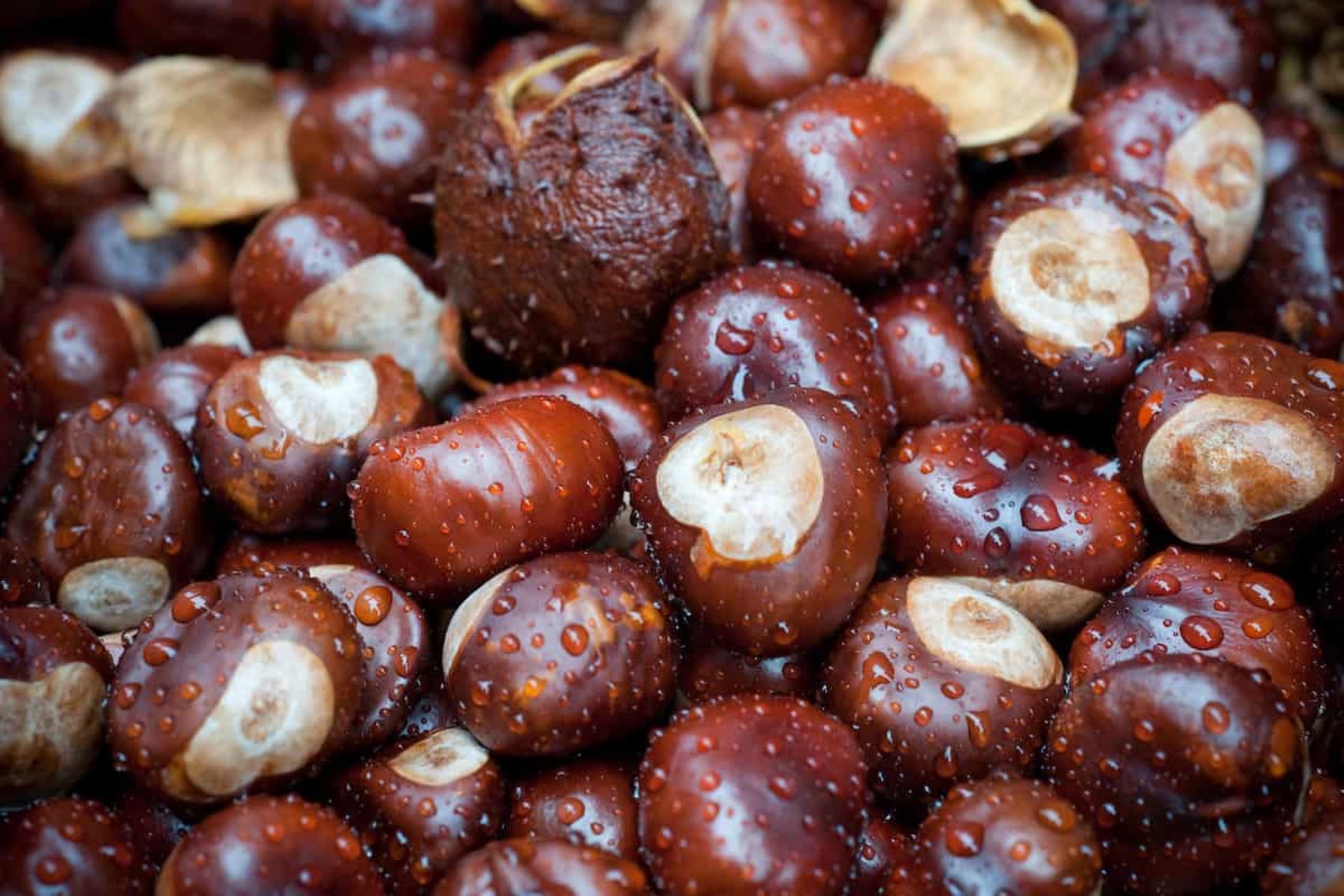
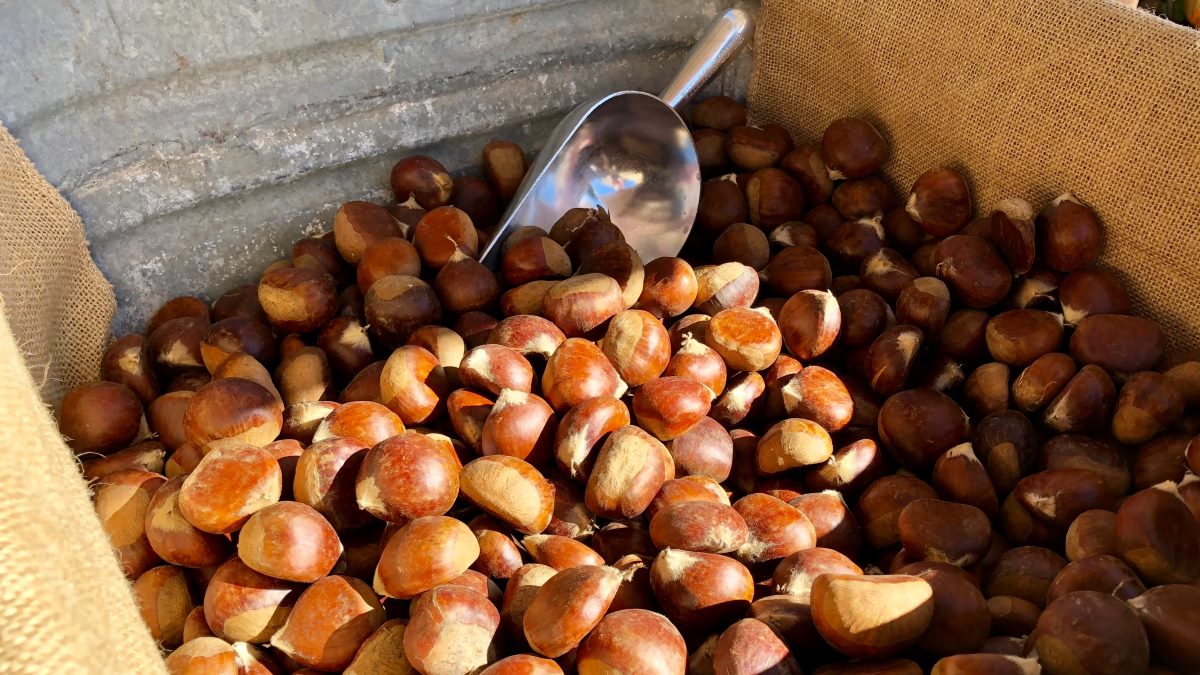
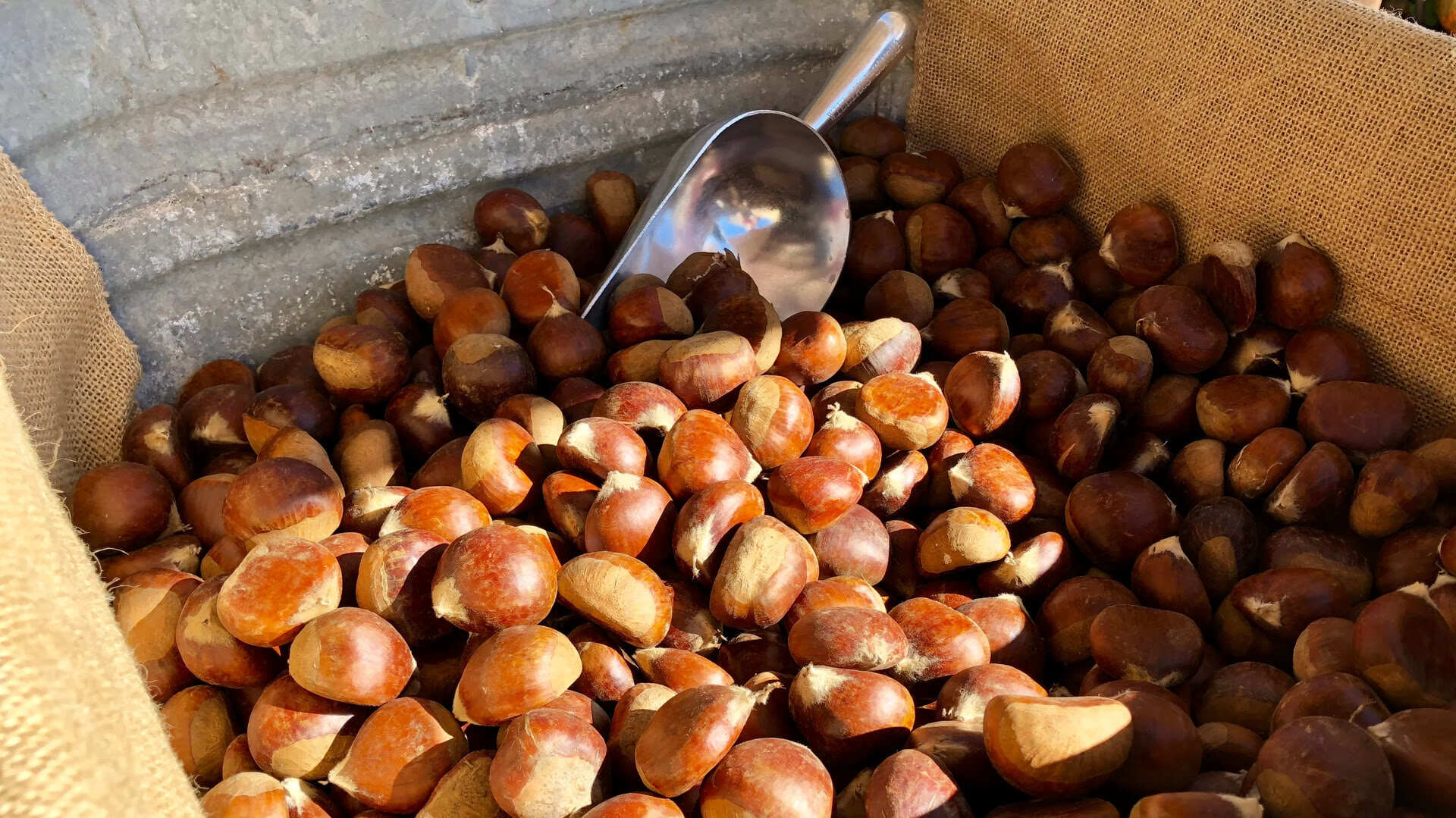
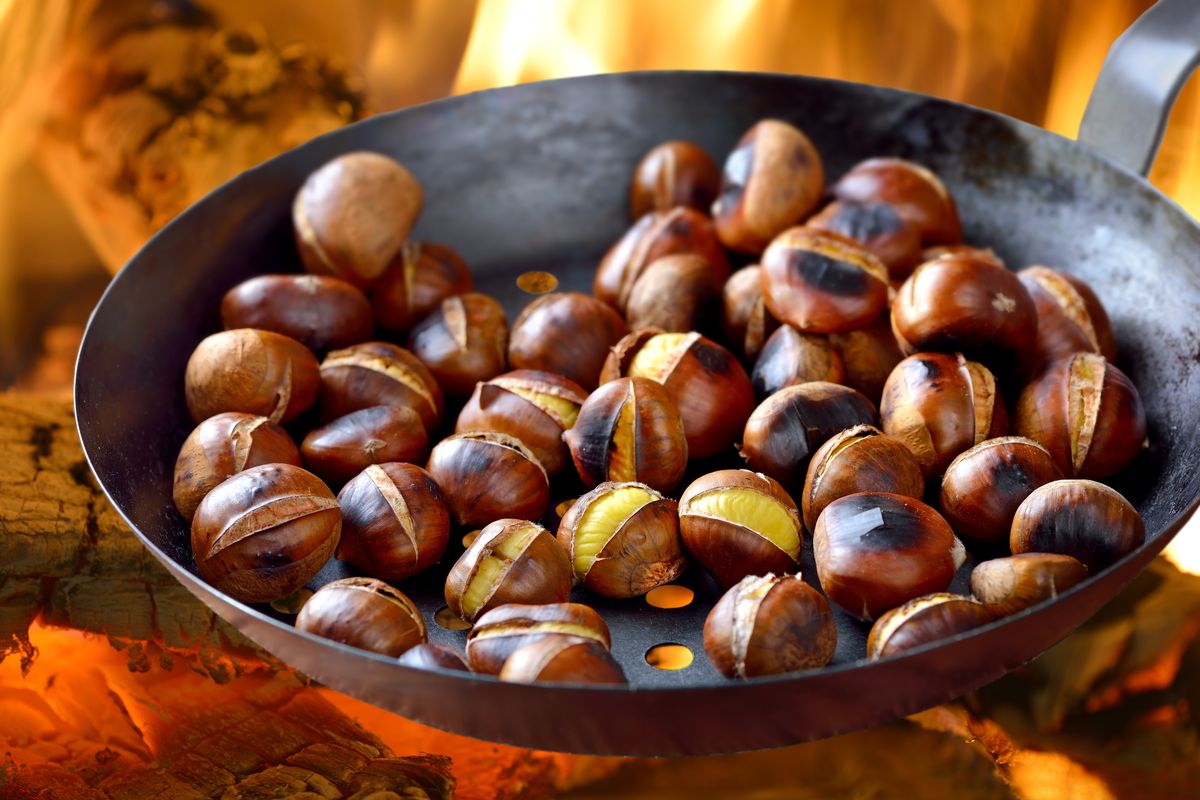
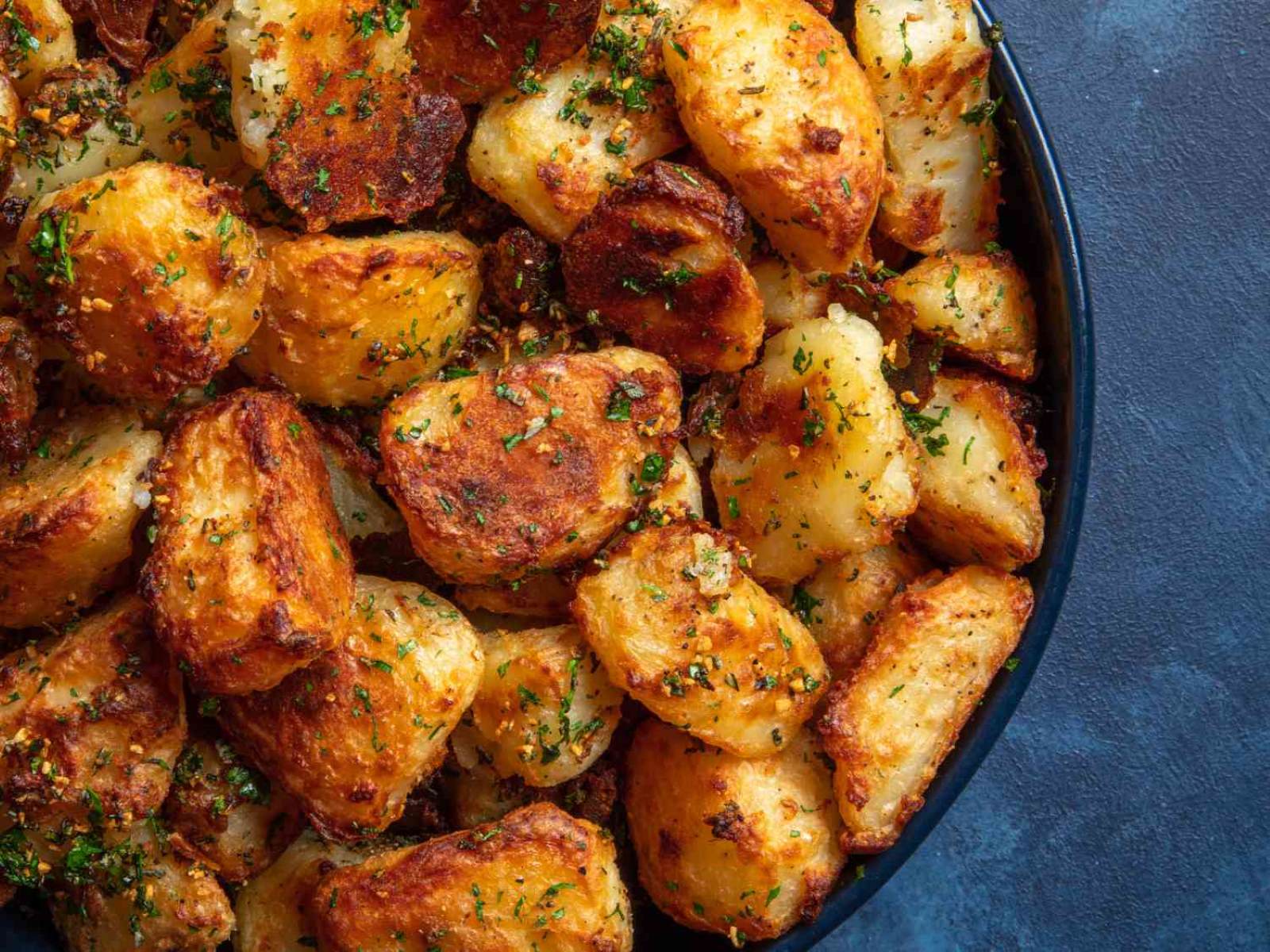
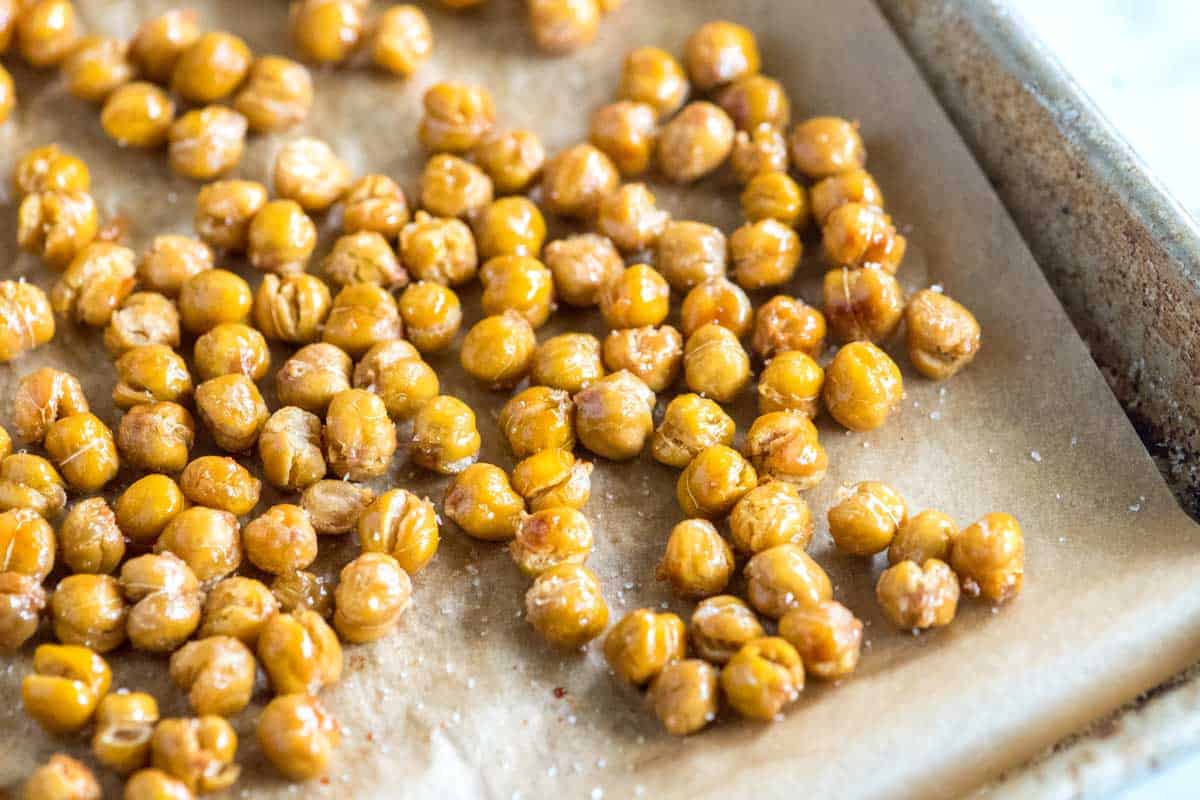
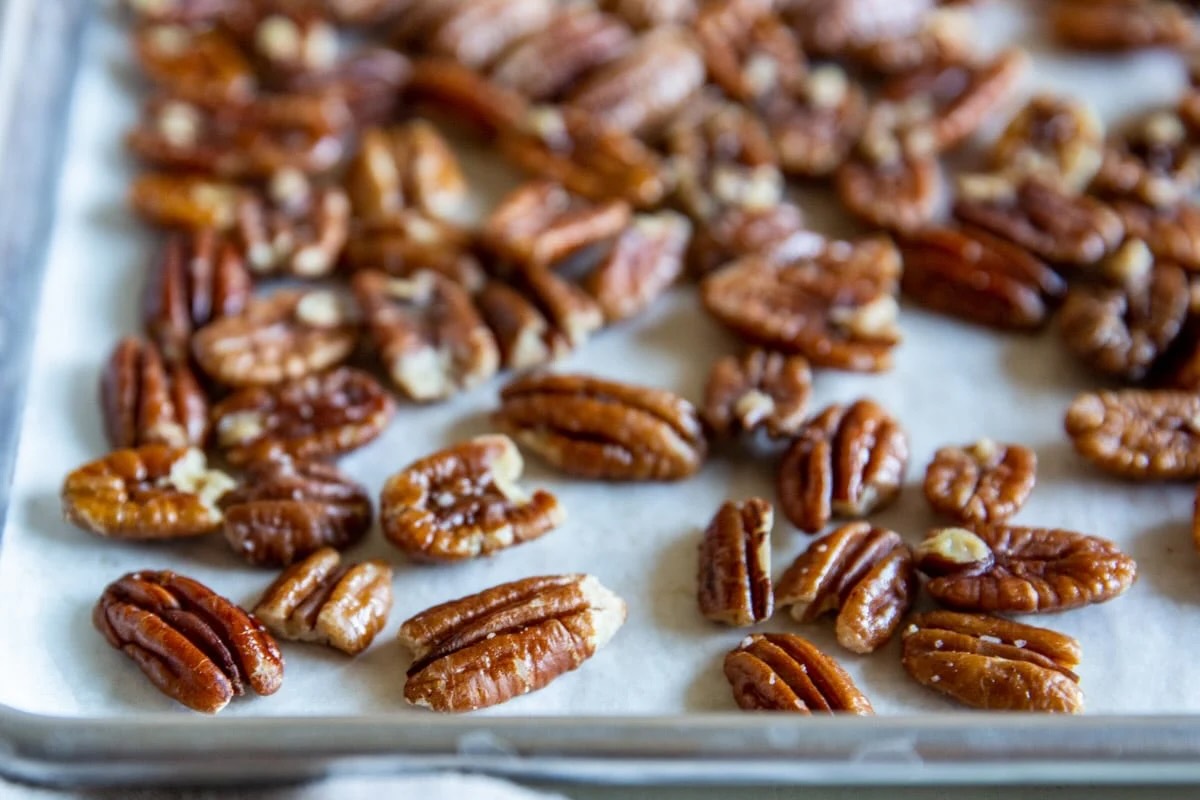
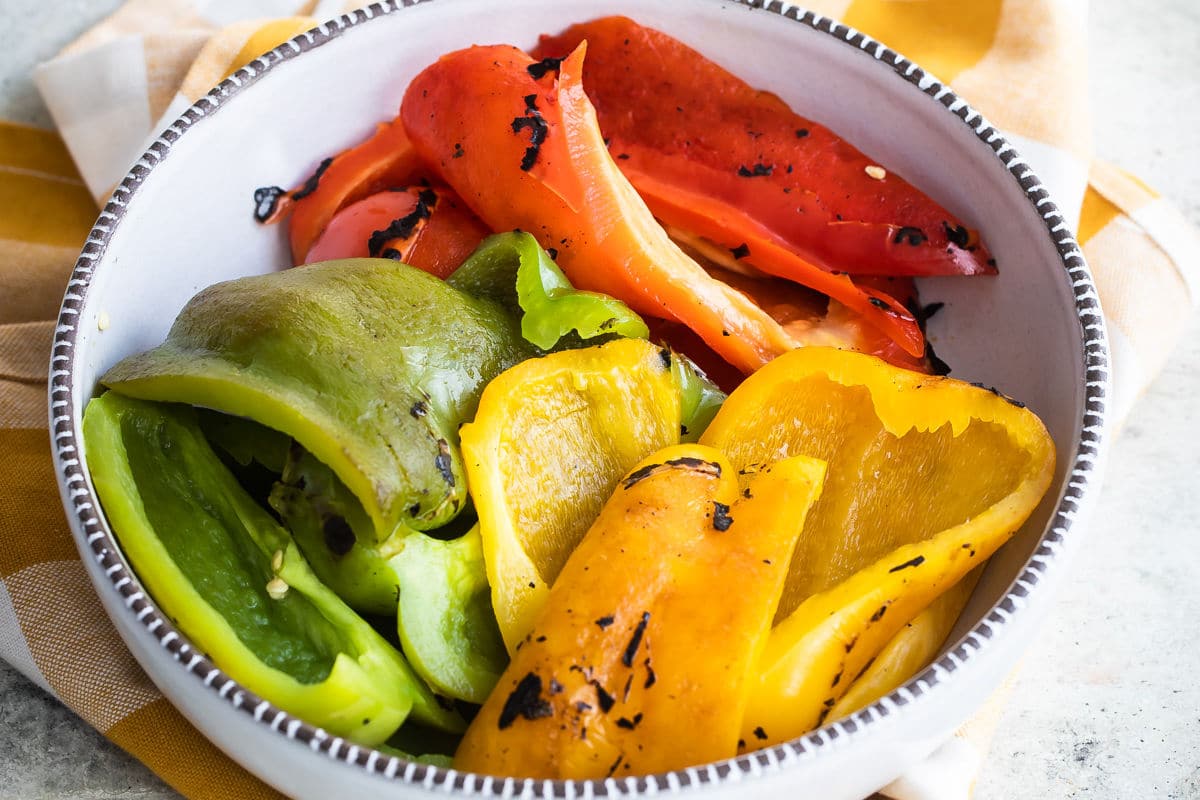
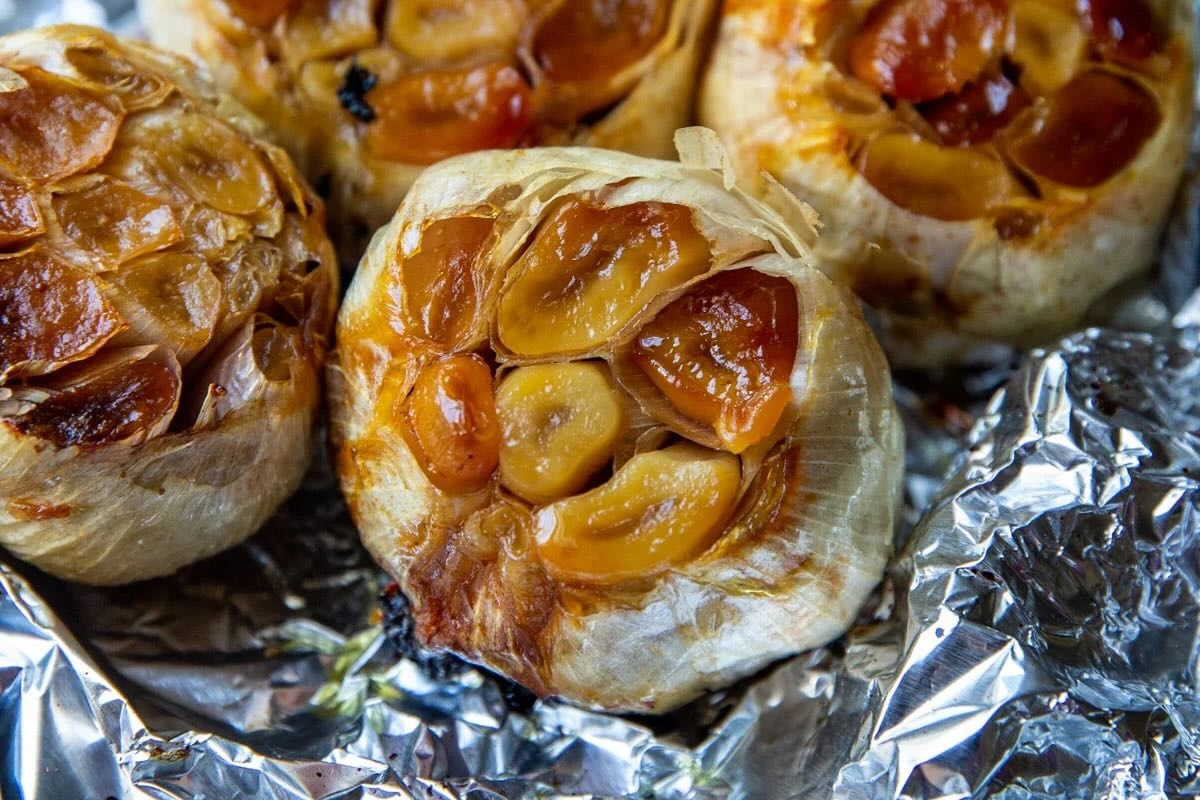
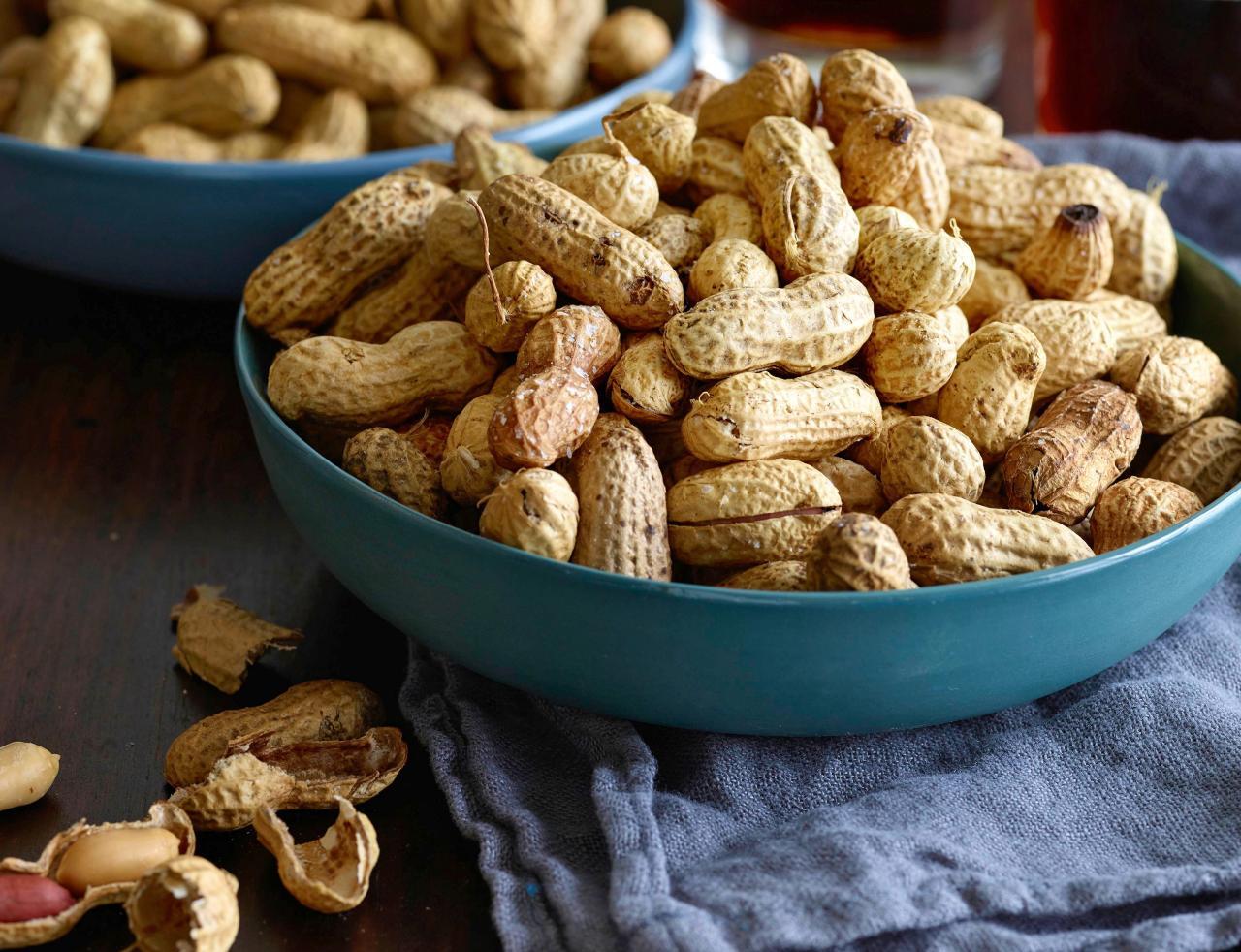
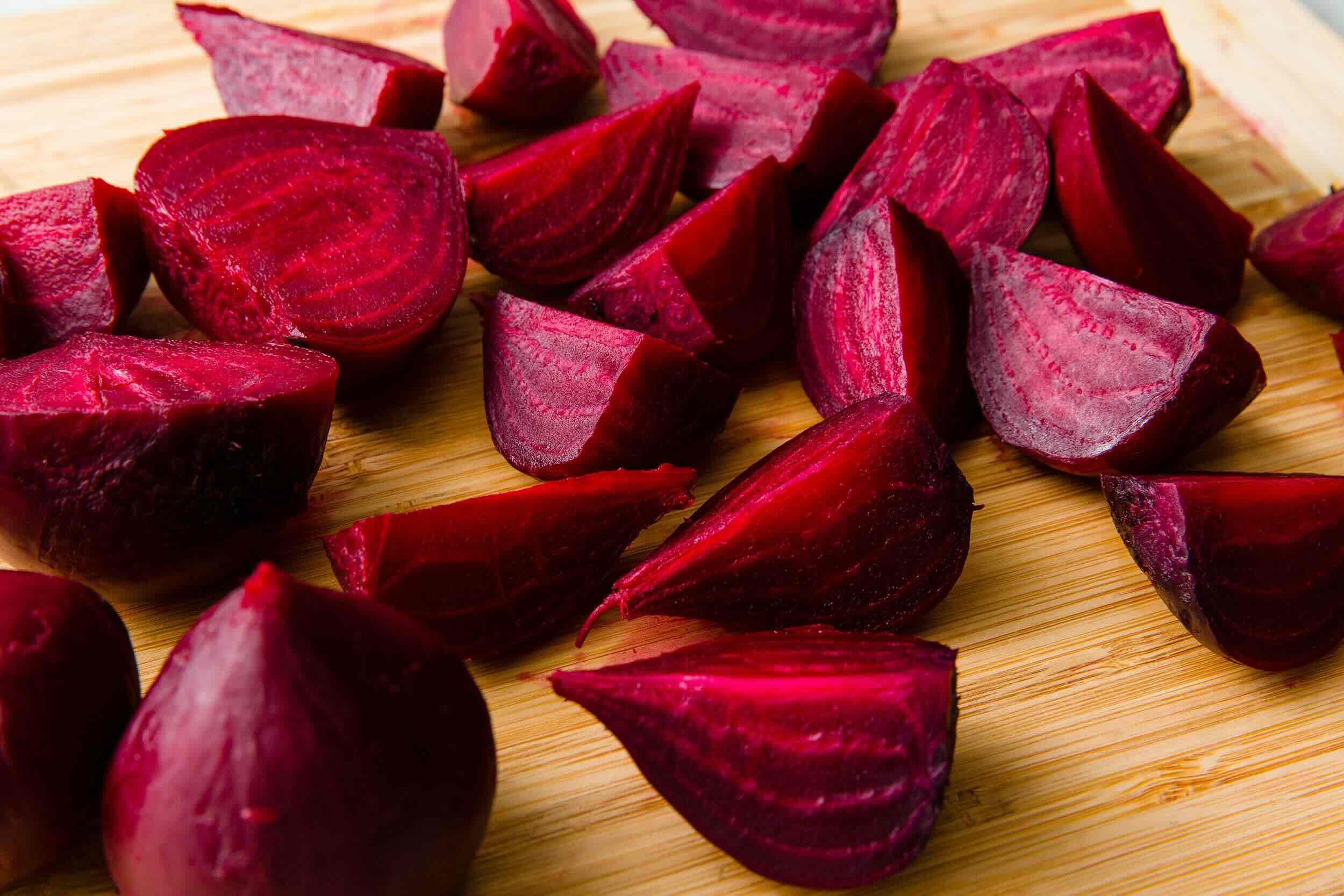
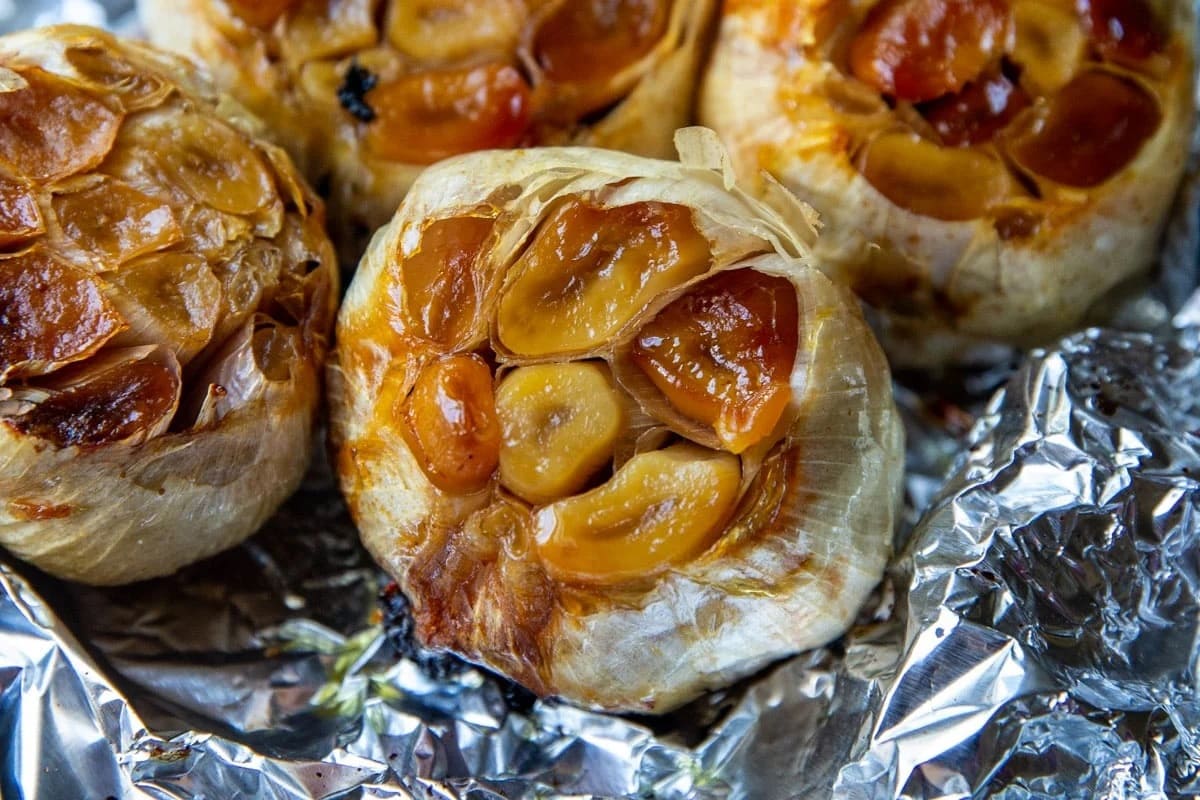

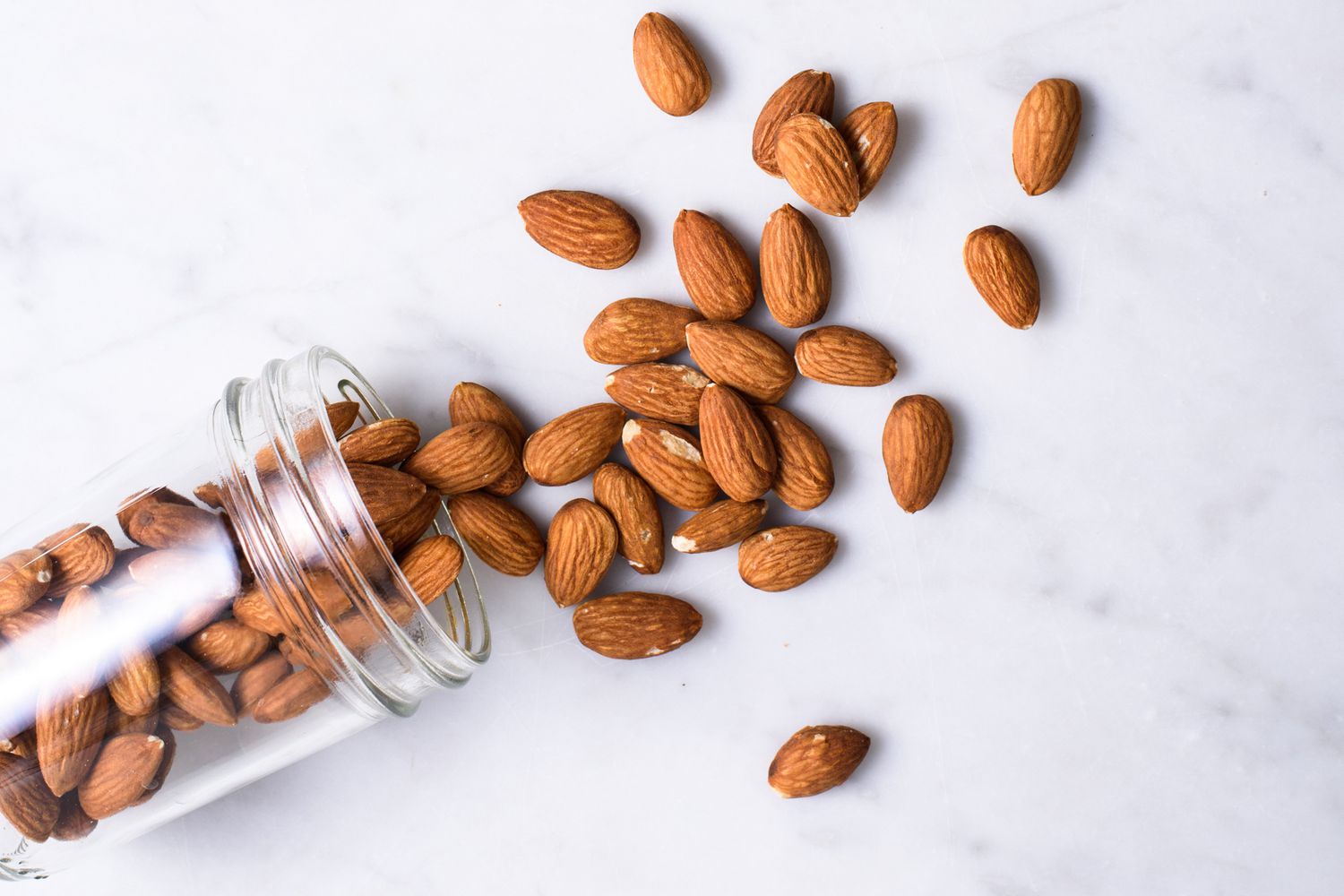

0 thoughts on “How To Store Roasted Chestnuts”